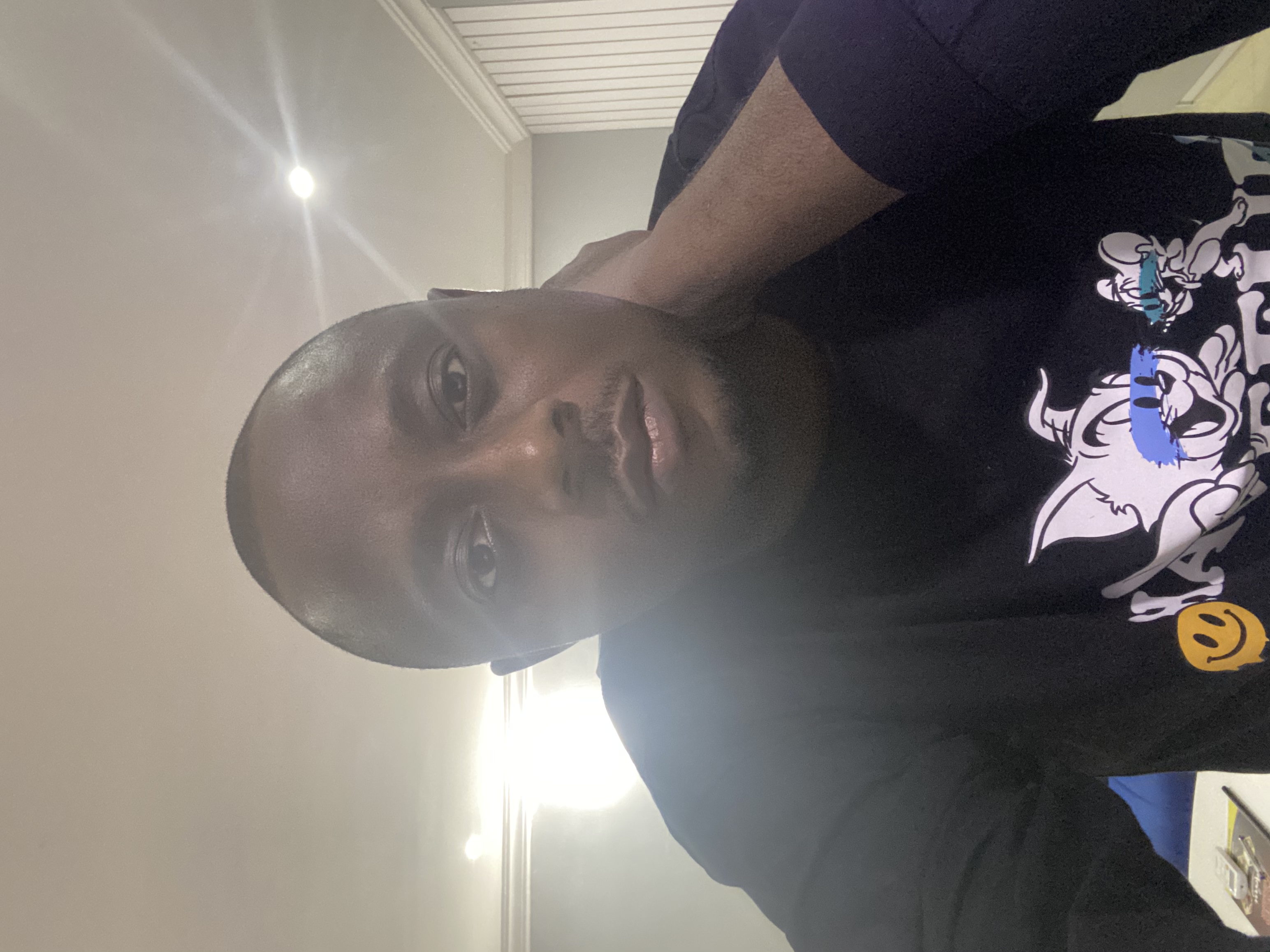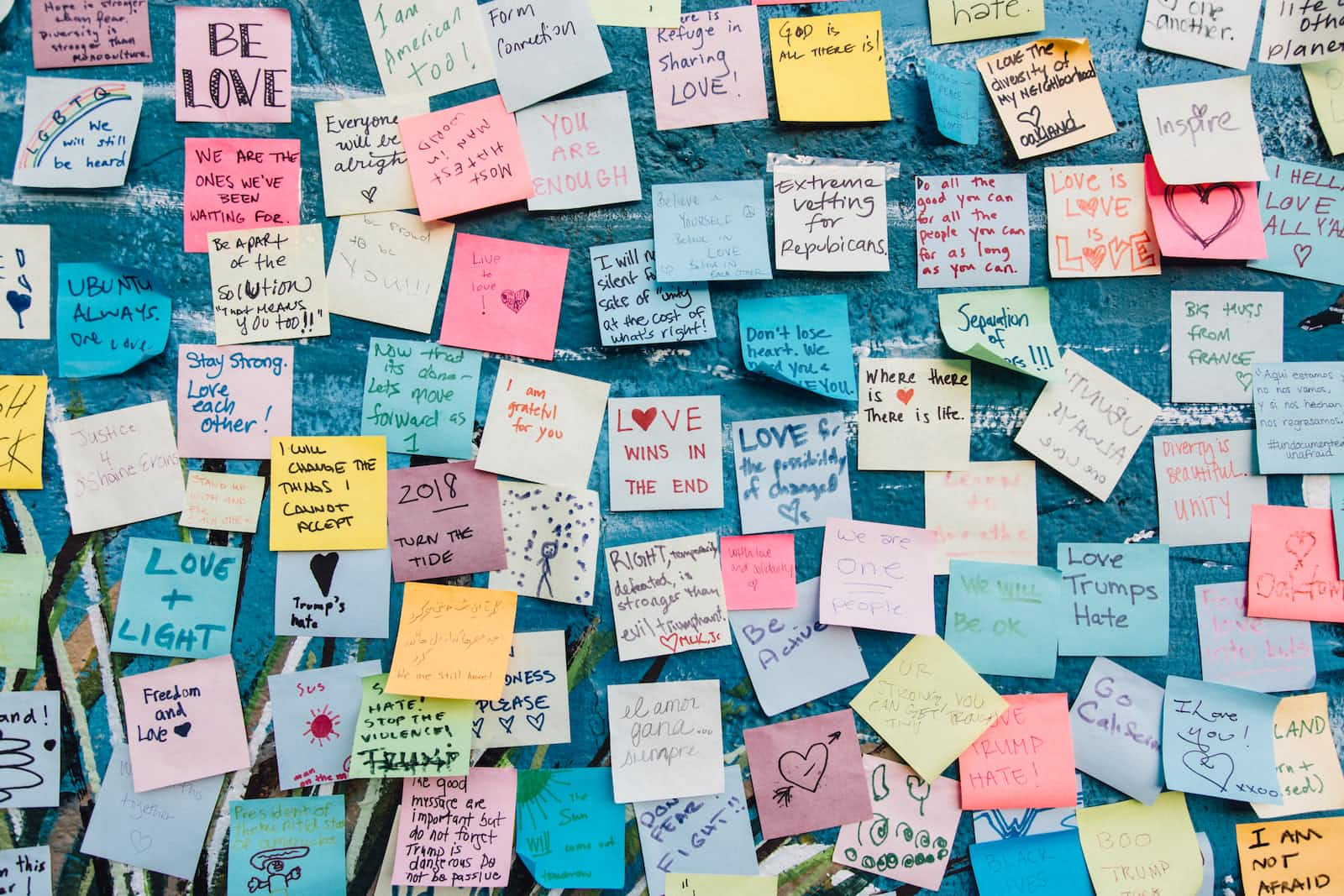Understanding Media Queries in CSS: A Guide with Practical Example
 Ogunuyo Ogheneruemu B
Ogunuyo Ogheneruemu B
Media queries are a fundamental concept in responsive web design, allowing developers to apply different styles and layouts to a webpage based on the user's device characteristics such as screen width, height, orientation, and resolution. In this blog post, we'll explore the use of media queries in CSS using a practical example.
What Are Media Queries?
Media queries are CSS techniques that apply different styles based on certain conditions. They are widely used to create responsive designs that adapt to various devices and screen sizes. Media queries can target different types of media, such as screens, printers, and more, and adjust the presentation accordingly.
Practical Example: Modifying Layout Using Media Queries
Let's take a look at the provided code snippet that uses media queries to modify the layout of a React component. In this example, we have a component that renders a flag selector using the react-flags-select library. The component is wrapped in a div with the class sizer, which contains the styling and media queries we'll focus on.
/* Default styling for .sizer */
.sizer {
border: 0px solid red;
width: 100%;
transition: width 0.3s ease, transform 0.3s ease;
transform: perspective(1000px) rotateY(0deg);
transform-origin: left center;
backface-visibility: hidden;
}
/* Media query for tablet and desktop screens */
@media (min-width: 768px) {
.sizer {
width: 50%;
}
}
/* Hover effect */
.sizer:hover {
transform: perspective(1000px) rotateY(10deg);
}
Explanation:
The
.sizerclass represents the container for the flag selector component. Initially, it spans the full width of its parent container (width: 100%) and has a rotation transition effect.The
@mediarule specifies a media query targeting screens with a minimum width of 768px (typically tablets and desktop screens). Within this query, the width of.sizeris adjusted to50%, effectively making it occupy half of its parent container's width.The
:hoverpseudo-class is used to apply a rotation effect when the user hovers over the.sizercontainer. This effect is achieved by changing thetransformproperty to rotate the container by 10 degrees.
Conclusion
Media queries are essential tools in creating responsive and user-friendly web designs. They allow developers to create layouts that adapt to a wide range of devices and screen sizes, ensuring a consistent and enjoyable user experience. In this blog post, we explored a practical example of using media queries to modify the layout of a React component based on different screen sizes.
By understanding media queries and how they can be used, developers can create versatile and visually appealing websites that cater to the needs of users across various devices.
Subscribe to my newsletter
Read articles from Ogunuyo Ogheneruemu B directly inside your inbox. Subscribe to the newsletter, and don't miss out.
Written by

Ogunuyo Ogheneruemu B
Ogunuyo Ogheneruemu B
I'm Ogunuyo Ogheneruemu Brown, a senior software developer. I specialize in DApp apps, fintech solutions, nursing web apps, fitness platforms, and e-commerce systems. Throughout my career, I've delivered successful projects, showcasing strong technical skills and problem-solving abilities. I create secure and user-friendly fintech innovations. Outside work, I enjoy coding, swimming, and playing football. I'm an avid reader and fitness enthusiast. Music inspires me. I'm committed to continuous growth and creating impactful software solutions. Let's connect and collaborate to make a lasting impact in software development.